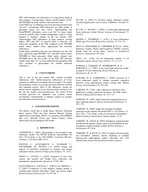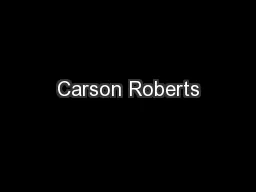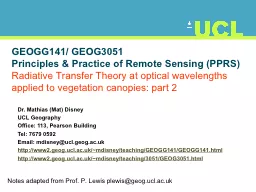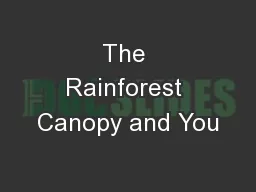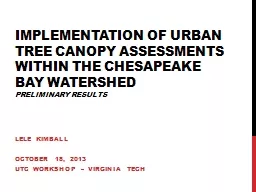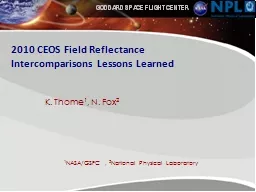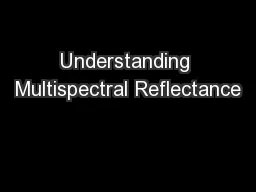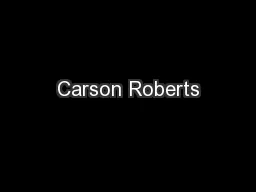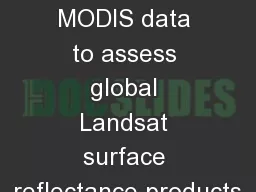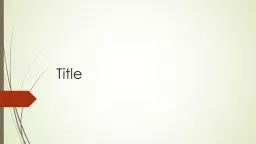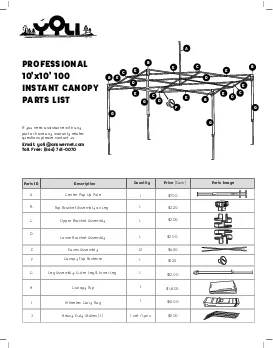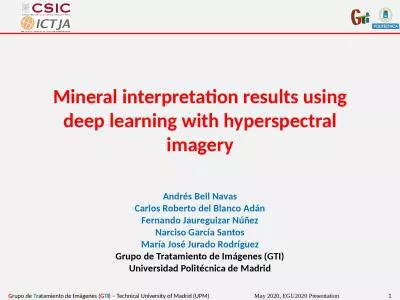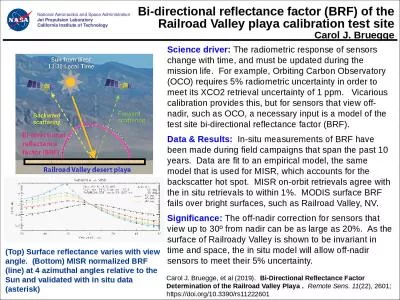PDF-COMPARING THREE CANOPY REFLECTANCE MODELS WITH HYPERSPECTRAL MULTIANGULAR SATELLITE DATA
Author : cheryl-pisano | Published Date : 2014-12-03
Schlerf a W Verhoef a b H Buddenbaum c J Hill c C Atzberger d A Skidmore a a International Institute for GeoInformation Science and Earth Observation PO Box 6 7500
Presentation Embed Code
Download Presentation
Download Presentation The PPT/PDF document "COMPARING THREE CANOPY REFLECTANCE MODEL..." is the property of its rightful owner. Permission is granted to download and print the materials on this website for personal, non-commercial use only, and to display it on your personal computer provided you do not modify the materials and that you retain all copyright notices contained in the materials. By downloading content from our website, you accept the terms of this agreement.
COMPARING THREE CANOPY REFLECTANCE MODELS WITH HYPERSPECTRAL MULTIANGULAR SATELLITE DATA: Transcript
Download Rules Of Document
"COMPARING THREE CANOPY REFLECTANCE MODELS WITH HYPERSPECTRAL MULTIANGULAR SATELLITE DATA"The content belongs to its owner. You may download and print it for personal use, without modification, and keep all copyright notices. By downloading, you agree to these terms.
Related Documents

